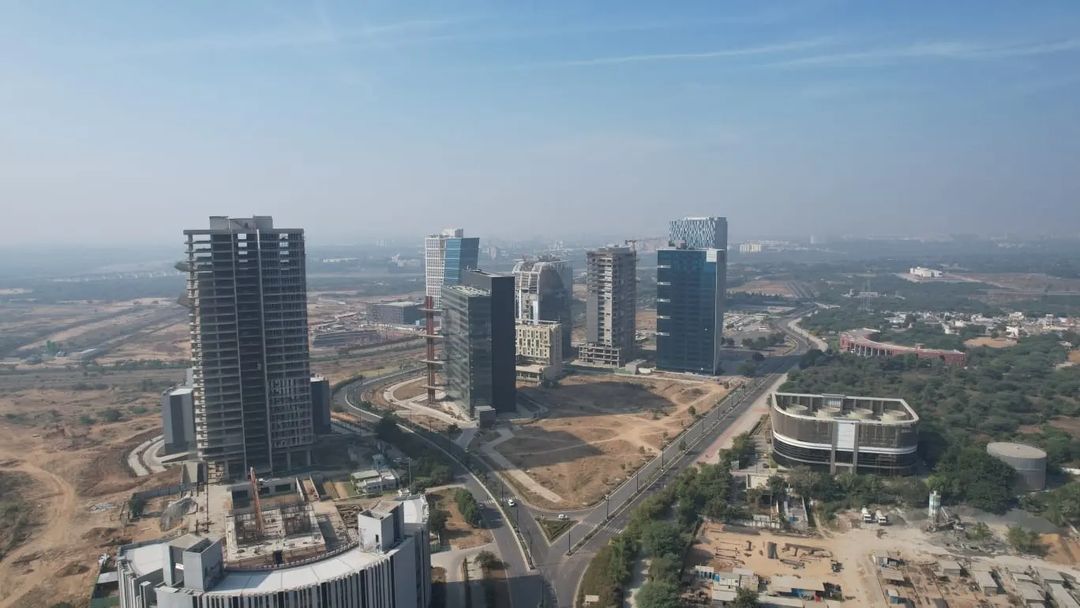As the immigration landscape shifts, this trend in language demographics among Indian communities reflects changing dynamics in Canada’s immigrant population and raises questions about the sustainability of current influx levels under evolving policies
Gujarati has risen as the third most-spoken Indian language in Canada, following Punjabi and Hindi, according to recent Statistics Canada data reported by The Economic Times. Since 1980, approximately 87,900 Gujarati-speaking individuals have immigrated to Canada, with a surge over the past decade. Between 2016 and 2021, 22,935 Gujarati speakers arrived, accounting for 26% of the overall Gujarati-speaking immigrant population in Canada. Punjabi led with 75,475 speakers, while Hindi attracted 35,170 speakers during the same period.
The growth trajectory for the Gujarati-speaking community in Canada remains notable, increasing by 26% from 2011 to 2021. Punjabi speakers grew by 22%, while Hindi speakers saw a remarkable 114% rise in this timeframe. In contrast, migration among Kutchi speakers, another Gujarati-origin language group, showed a decline. The number of Kutchi speakers fell from 460 between 2001 and 2010 to 370 in the following decade.
-
Despite the growth, recent changes in Canada’s immigration policies have led to an 80% decline in visa applications from Gujarat, according to a visa consultant in Ahmedabad
-
He attributes this drop to Canada’s housing shortages, a saturated job market, and stricter residency requirements
-
“Today, most applications come from those already in Canada seeking family reunification, as fewer opportunities are available for newcomers.”
The 2011 shift in Canada’s appeal as a migration destination can be attributed to tightening immigration policies in other English-speaking countries. Immigration consultant Sameer Yadav explains, “The U.S. was once the top choice, but complicated visa procedures and high costs became barriers. Canada’s straightforward permanent residency process and lower education costs attracted many, especially students.” Historical data supports this shift: from 13,365 Gujarati speakers arriving between 1991 and 2000, numbers rose to 29,620 in the following decade, then surged further to 37,405 between 2011 and 2021.
***********************************************************
Readers
These are extraordinary times. All of us have to rely on high-impact, trustworthy journalism. And this is especially true of the Indian Diaspora. Members of the Indian community overseas cannot be fed with inaccurate news.
Pravasi Samwad is a venture that has no shareholders. It is the result of an impassioned initiative of a handful of Indian journalists spread around the world. We have taken a small step forward with the pledge to provide news with accuracy, free from political and commercial influence. Our aim is to keep you, our readers, informed about developments at ‘home’ and across the world that affect you.
Please help us to keep our journalism independent and free.
In these difficult times, running a news website requires finances. While every contribution, big or small, will make a difference, we request our readers to put us in touch with advertisers worldwide. It will be a great help.
For more information: pravasisamwad00@gmail.com











